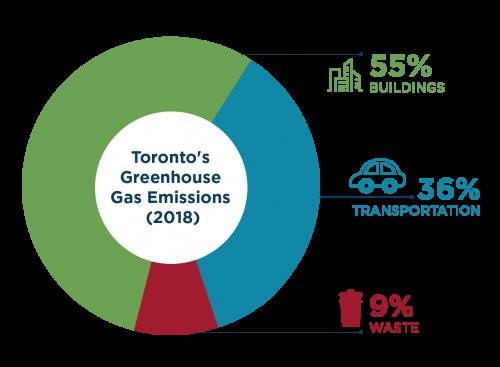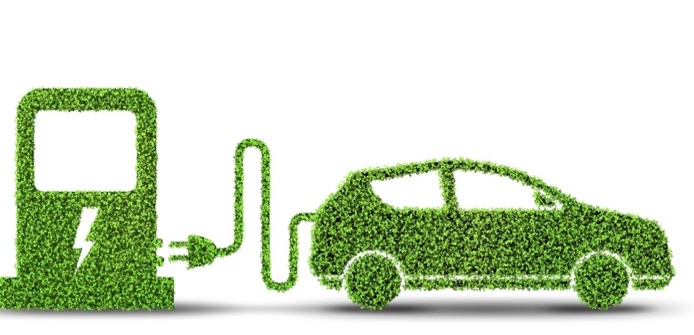In our faith tradition we believe that all of life on earth is inter-connected, and that God intended that all life is to thrive. For us, there is no division between the “spiritual” and the “material”: God is the Creator of all that exists. We are a part of the environment, and it is a part of us in this beautiful web of life. Therefore, the environmental crisis becomes one that our faith community is concerned about; it is about our failure as human beings to live in a proper relationship with the remainder of life here on earth, and with the God who has caused all of this amazingly wonderful Earth to come to life.
As a community that aspires to a healthy relationship with all of life, we dream of living in a respectful manner. We desire to do all that we can, using the gift of science, to help life to thrive on Planet Earth.

What can I do about this environmental crisis?
Our Christian faith calls us to respect all of life, and to be good stewards of the environment that we share with all of the plants and animals on Planet Earth. Scientific evidence shows that we are in the midst of an environmental crisis, called climate change, or sometimes it is labelled “global warming”. We already know Canada is far behind in its goal to have net zero greenhouse gas emissions (GHG) by 2050. So, what can we do as individuals who care about life on Planet Earth?
Reducing our carbon footprint
Here in Toronto the three largest sources of greenhouse gas emissions, accounting for 85 per cent of GHG emissions in 2018, are:

The Environmental Action Group at Beach United Church is interested in promoting personal actions that can make a difference right now, and into the future. For that reason, we are promoting personal actions that reduce our carbon footprint, and increase our own health; the well-being of our community, and the restoration of a life-giving environment.
We have already renovated our church building to high environmental standards, and have installed a solar array on the roof to generate “green” electricity that is fed into the city’s electrical grid.
Another effective way we can reduce our carbon emissions into the atmosphere is by re-examining our personal use of transportation.
A short list of transportation alternatives is as follows:
- Walk more, rather than use vehicles
- Bicycle more
- Use public transit
- Use the bus or train for longer distance travel
- Drive fewer kilometers
- Drive an electric vehicle – see accompanying article
- Travel by aircraft as a last resort

